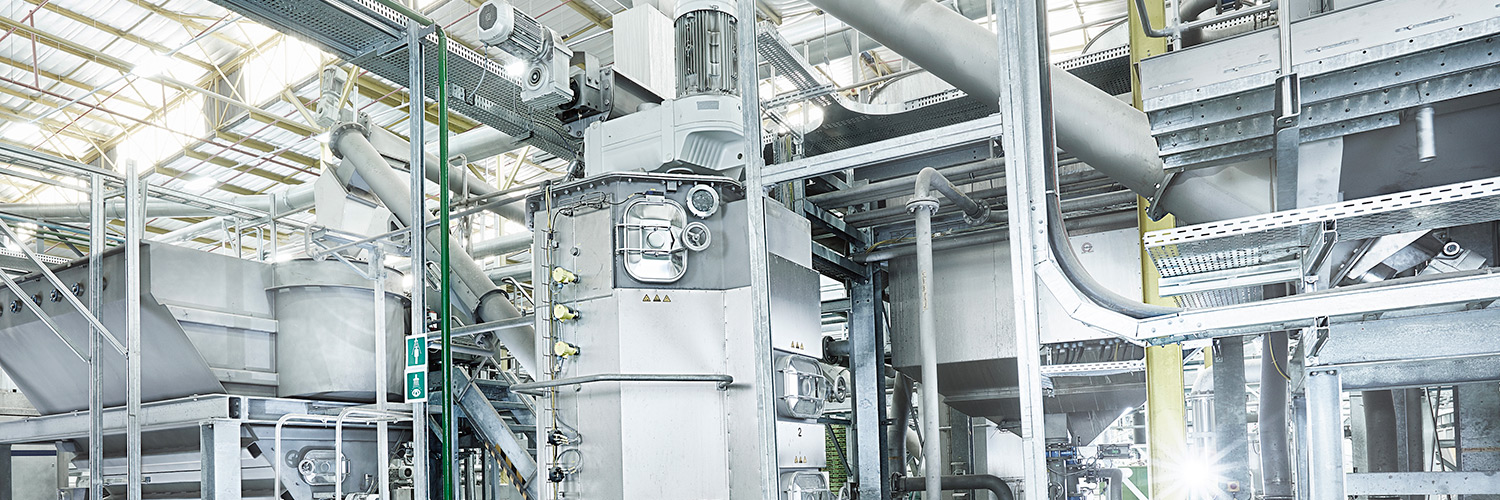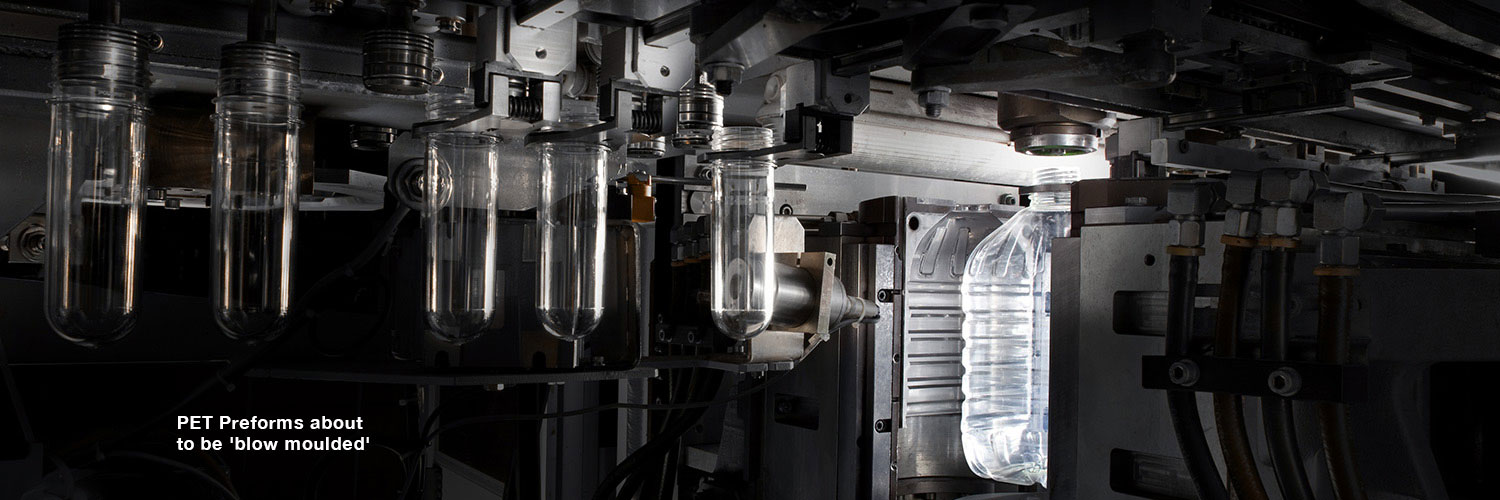PET is the acronym for a very versatile and sophisticated plastic called Polyethylene Terephthalate. For sound economic and safety reasons, it’s the plastic used to make the most common container in the soft drink market today: the plastic bottle.
Successfully used in the packaging for carbonated soft drinks, bottled water, milk, juice, sports and energy drinks, jars, punnets, tubs and trays for food items, bottles for household, personal care and pharmaceutical products, and sheet and film for packaging, PET is the type of plastic labelled with the #1 code on or near the bottom of bottles and containers.
PET is sometimes referred to as polyester and is made from mono-ethylene glycol (MEG) and purified terephthalic acid (PTA), which is derived from crude oil and natural gas.
These two crude oil derivatives are reacted under a controlled set of conditions to form a polymer. Then, in a honey-like form, this polymer is extruded through a die-plate, cast into spaghetti-like strands, and cut into pellets. These pellets are crystallised and polymerised for a second time to increase their strength and to remove volatiles. The resultant FDA compliant pellets are packaged and sent to the plastics converters to make containers.

PET is globally recognised as a safe, recyclable packaging material for food and non-food products. PET packaging is selected for a wide variety of applications because it is safe, strong, shatterproof and chemically 100% recyclable into the same PET products (fibre and bottles).
Manufacturers use PET to package products because of its strength, thermo-stability, and transparency. It is also light which reduces both the costs and carbon emissions relating to transportation. Retailers use PET because it promotes high product visibility: its lightweight facilitates shelf stacking, and its shatterproof quality ensures safety, product integrity and a reduction in breakages.
Consumers choose PET because it is portable, lightweight, re-sealable for efficient on-the-go hydration, 100% safe and 100% recyclable.
From an environmental perspective, two points are the most important:
We are often asked why we promote plastic packages that are recyclable rather than biodegradable. The answer is simple: because in our view it makes better sense from both an environmental and economic perspective to capture the raw material and energy contained in a plastic bottle and use it again and again, instead of losing it as it degrades.
There has been much confusion about the safety of PET after concerns were raised about the safety of a different kind of plastic, namely the polycarbonate products containing bisphenol A (BPA) which are most often used to make reusable rigid containers and electronic devices. There is no connection between PET plastic and BPA.
BPA is not used in the production of PET material, nor is it used as a chemical building block for any of the materials used in the manufacture of PET.
Phthalates (pronounced Tha-lates) are a class of chemicals that include three subsets, each with different properties. Polyethylene terephthalate (PET) belongs to one of these phthalate subsets, but not the one most commonly associated with the term. Orthophthalate is the phthalate subset most commonly referenced and discussed in popular literature and on internet sites and which has been the subject of some negative press. Often used to make various plastics more flexible, this type of phthalate is also called a plasticiser. PET does not contain plasticisers or orthophthalates. Plasticisers are never substituted for terephthalates used in the manufacturer of PET, nor are the two ever mixed.
Current research shows that PET does not contain or leach oestrogen-like chemicals such as BPA or other endocrine disrupters.

In Kenya, virgin bottle-grade PET resin is supplied from China, Southeast Asia and the Middle East.
Growth of PET usage in Kenya is approximately 8% per annum.
